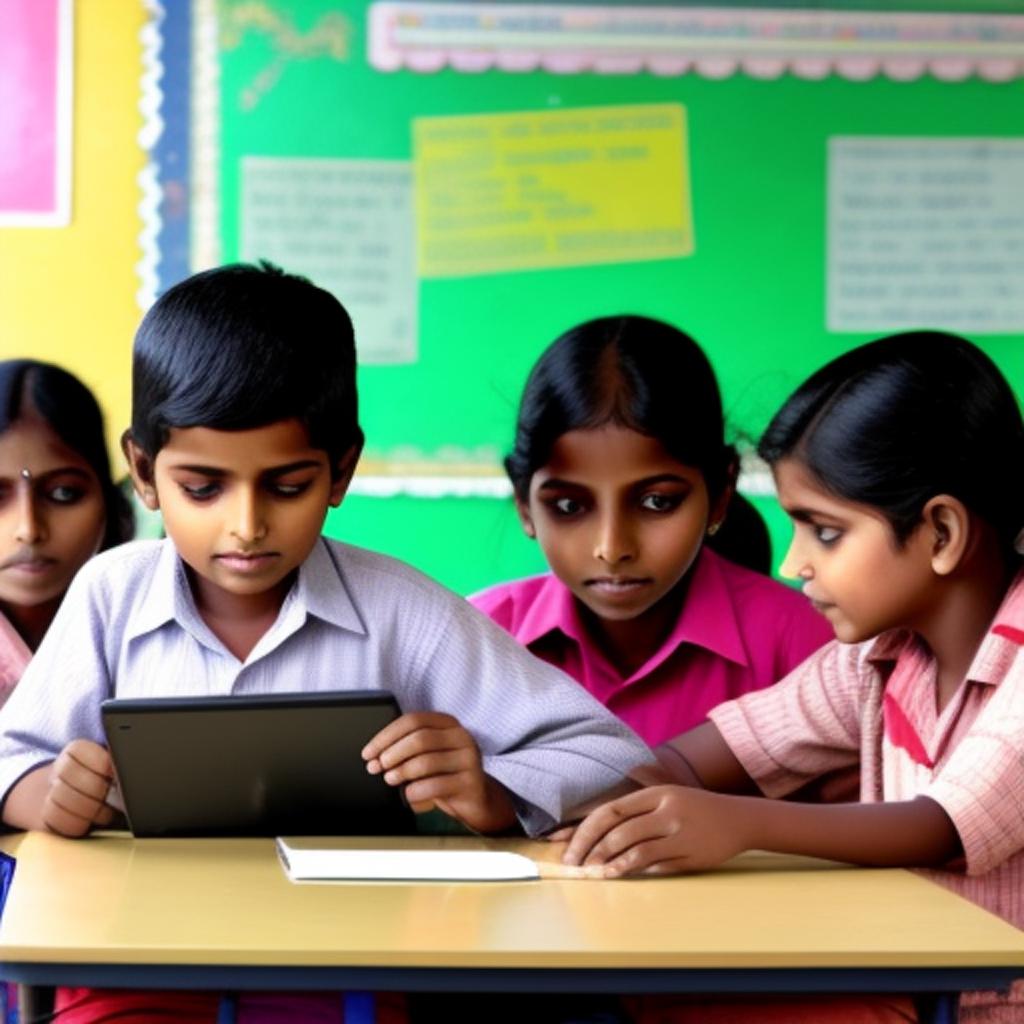In an era driven by technology, where smartphones and the internet are ubiquitous, fostering digital literacy in the Indian classroom has become a paramount necessity. Digital literacy goes beyond the basic ability to use digital devices; it encompasses critical thinking, ethical practices, and effective communication in the digital realm. In India, where the digital divide is slowly narrowing, integrating digital literacy into the classroom can bridge gaps and equip students for a tech-driven future.
Digital literacy empowers students to navigate the vast sea of information online, enabling them to discern credible sources from misinformation. With the proliferation of social media and easy access to information, students need guidance to differentiate between reliable information and biased content. Incorporating digital literacy into the curriculum equips them with skills to fact-check, analyze, and make informed decisions in an increasingly complex digital landscape.

Moreover, digital literacy nurtures creativity and collaboration. Students can explore various digital tools to express their ideas, fostering innovative thinking. Virtual platforms facilitate collaboration beyond physical boundaries, allowing students to engage in projects with peers from different regions. This not only enhances their learning experience but also prepares them for a globalized workforce that relies heavily on virtual teamwork.
However, the successful implementation of digital literacy hinges on skilled educators. Teachers need adequate training to navigate digital tools and platforms effectively, so they can guide their students. Professional development programs can empower teachers to integrate technology seamlessly into their teaching methods and adapt to the evolving digital landscape.
While embracing digital literacy, it’s crucial to address the digital divide by ensuring access to technology and the internet, especially in rural areas. Government initiatives and partnerships with private sectors can play a pivotal role in providing equal opportunities to all students, regardless of their socioeconomic background.
In conclusion, digital literacy is not just an option but a requisite in today’s Indian classroom. By equipping students with the skills to use technology responsibly, think critically, and collaborate effectively, we pave the way for a generation that can thrive in the digital age. Through strategic implementation and continuous support for educators, India can shape a future where technology is a tool for empowerment and progress.



